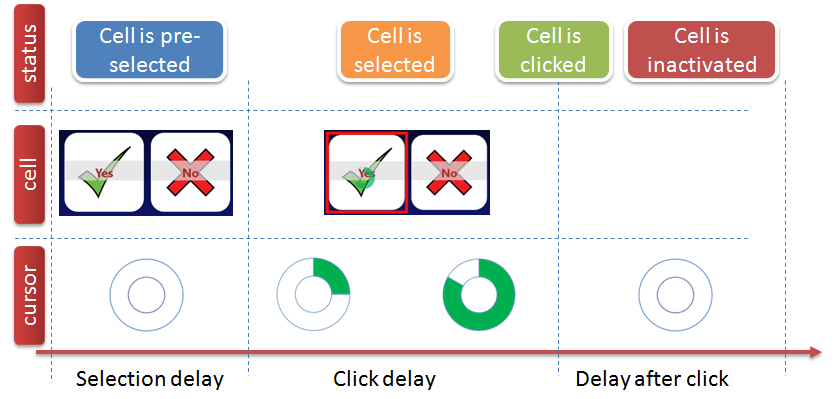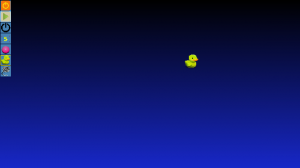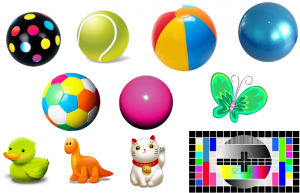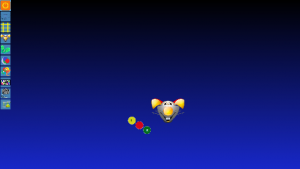Disabilities
We have included in the Gazespeaker solution many features for people with disabilities:
| Symptom | Solution in Gazespeaker |
|---|---|
| attention deficit | selection delays and double calibration with a video |
| children | calibration objects and training module |
| strabismus | selection of the director eye |
| communication | AAC grids |
Adjustable selection delays
The duration of pre-selection, the duration of selection before click, and finally the duration of inactivation after click, all these timings are adjustable. When using the Gazespeaker for the first time, it is easier to use longer delays in order to give an ample time to select and activate( but it takes longer to write sentences of course).

Director eye
You can define the director eye for the eye tracking: this is useful in case of strabismus because there is usually one eye ( director eye) looking to the screen and the other eye wandering in other directions. With this feature, Gazespeaker will only use the gaze of the director eye.
Multiple calibration
This feature is particularly useful in the case of young children or in some conditions where standard calibration with the eye racket is too difficult.
First, a parent or an adult calibrates the eye tracker with his own eyes, then in Gazespeaker the child calibrates with the specific Gazespeaker calibration: as the eye tracker has already been calibrated, in Gazespeaker the calibration is very simple at the beginning ( you can calibrate even with a single point: this allows to use immediately the grids with 2 or 6 cells).
Moreover the calibration in Gazespeaker uses various visual objects (balls, animals, …) and even a moving video. Calibration with a video is a very powerful solution for children with attention elicits.
Finally, the double calibration (one by the trainer with good precision on the eye tracker plus one simple directly in Gazespeaker) is very convenient to avoid recalibration between different sessions. Indeed the calibration in Gazespeaker is stored in the system (stored under the username defined in settings) . Only the calibration of the eye tracker may be necessary between sessions (e.g. currently with the Eye Tribe tracker it is necessary to recalibrate when the system has been restarted).
Training module for initiation and testing.
At the beginning, with a child or in specific conditions such as autism and Rett syndrome, you can visualize where the different eyes are looking with 3 moving circles representing where the eyes are looking. You can use animations to see where the person is looking at, and you can verify the precision of the calibration (mainly if you performed calibration in Gazespeaker with only one point).
AAC grids with multiple levels
We have also included multiple grids with various levels, depending on age and disability.



